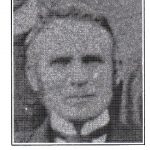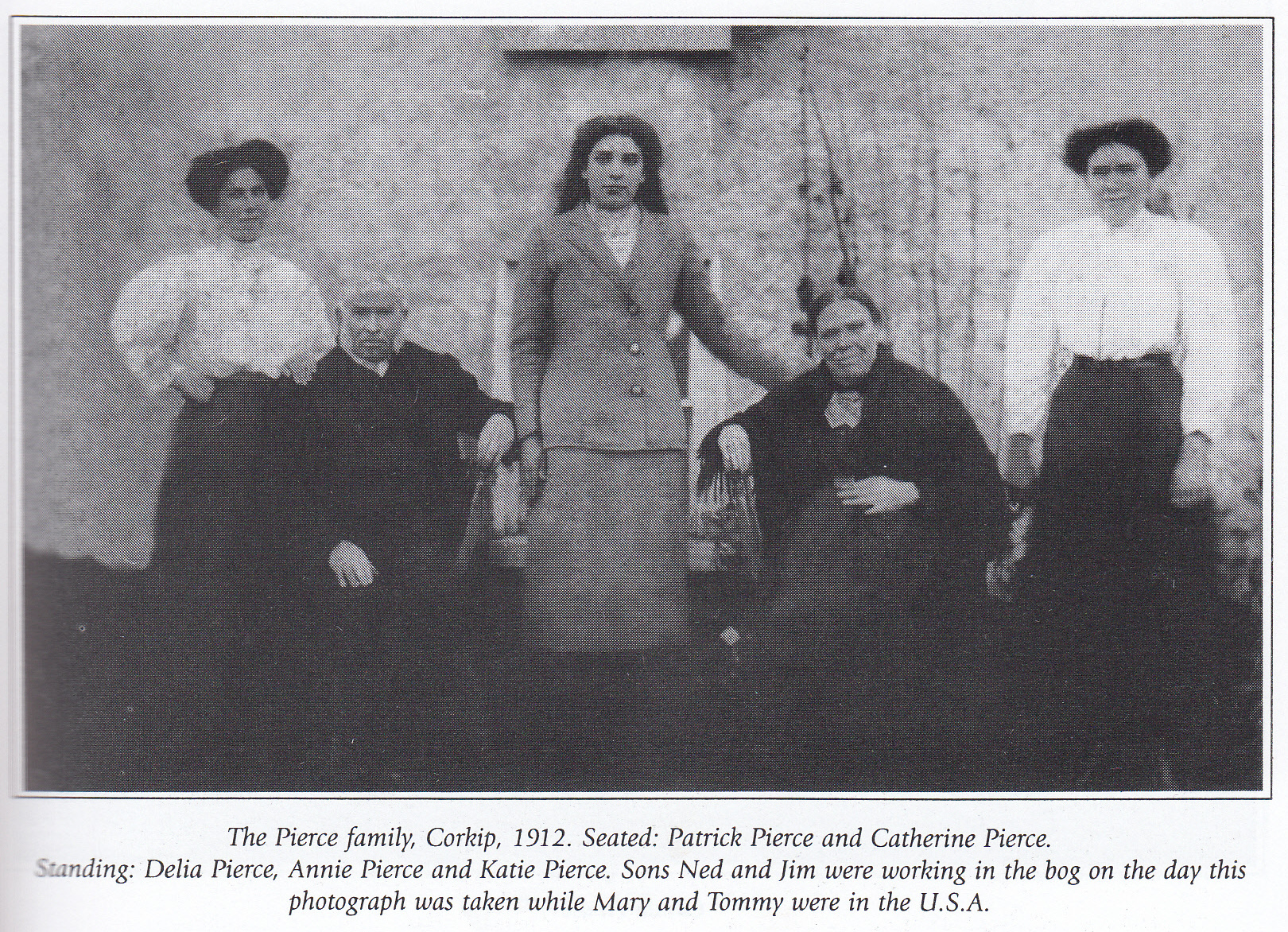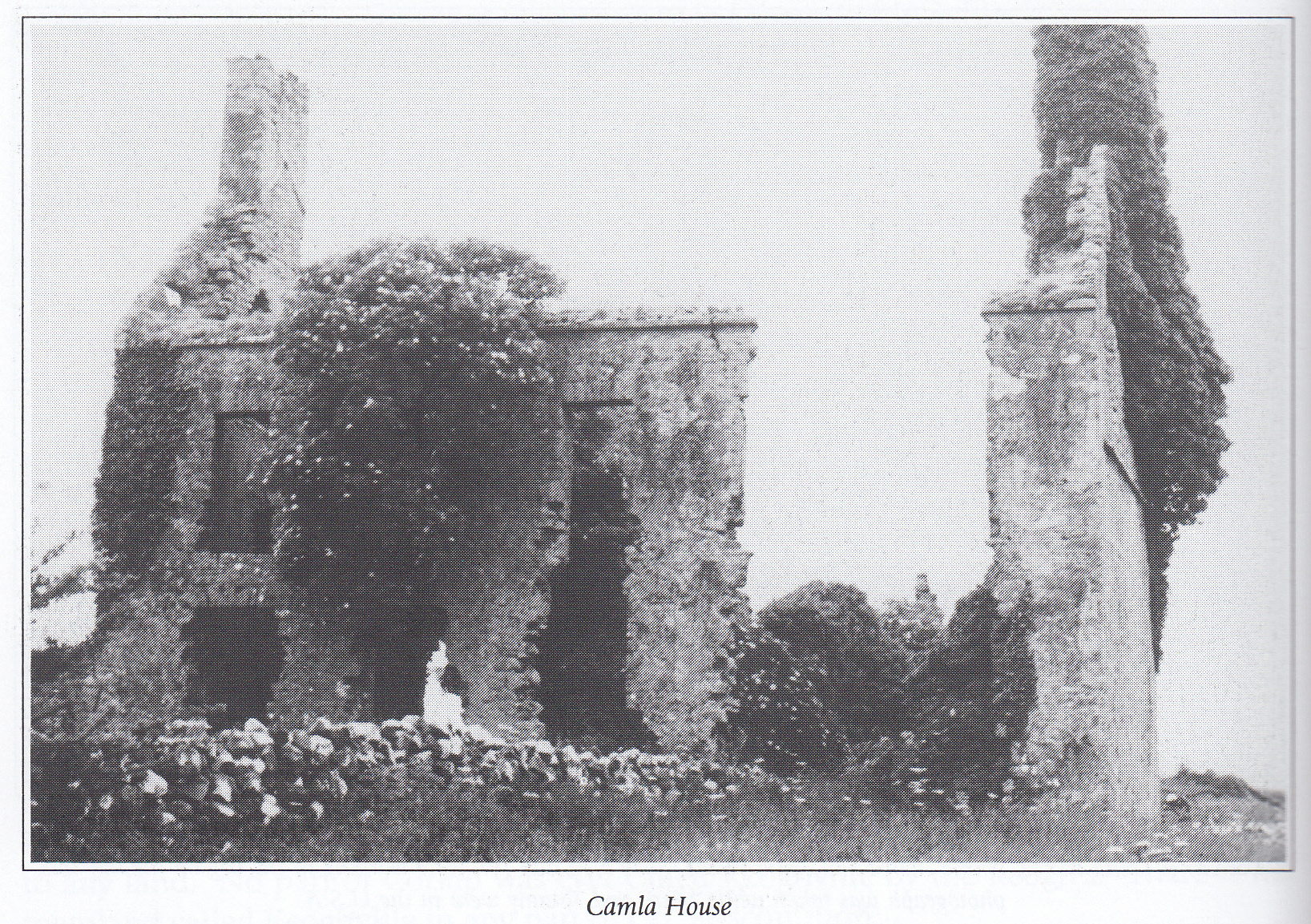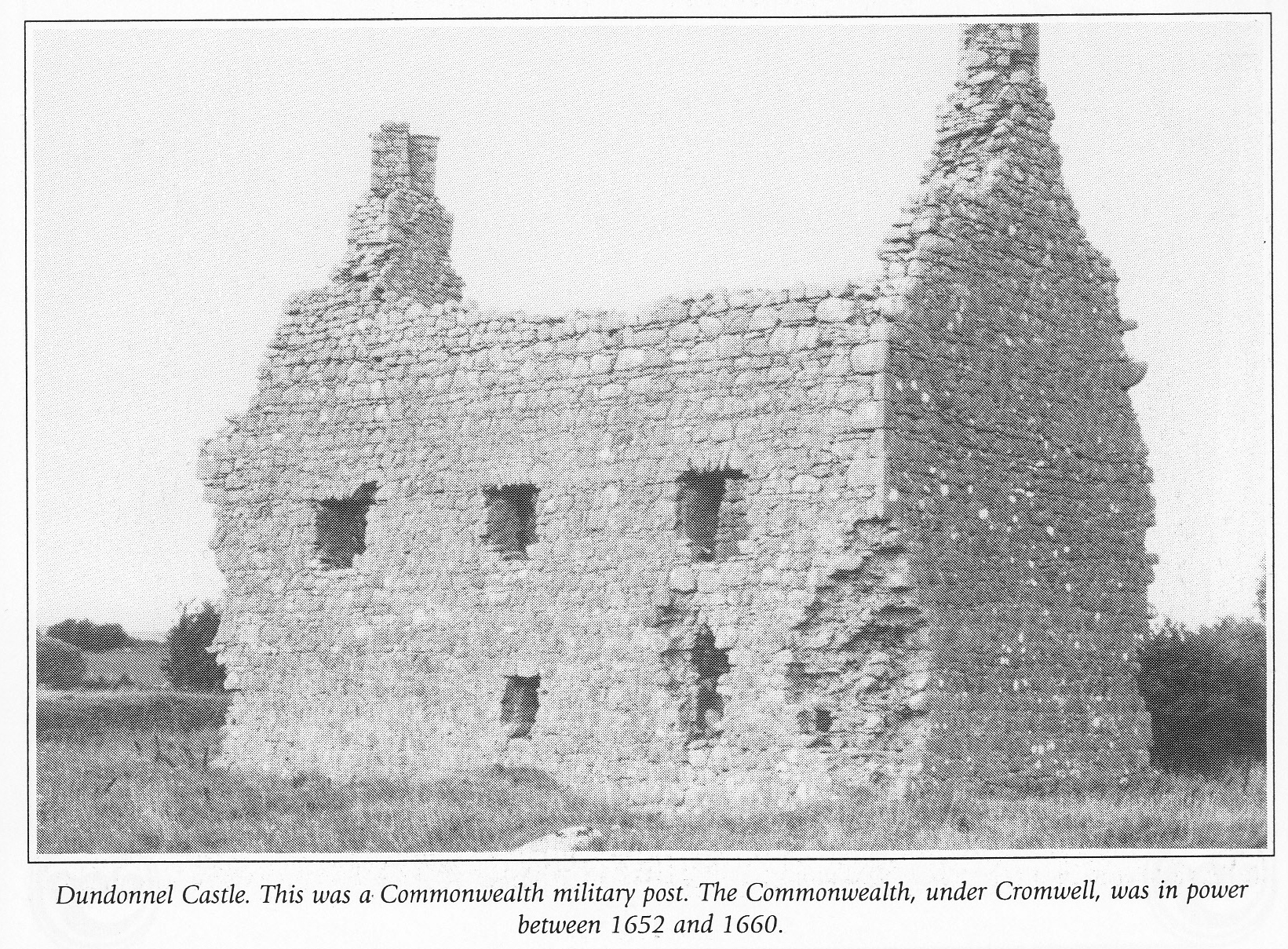Esker House
 Situated on an elevated site in the heart of rich farmland in the southeast of the Parish, Esker House dates back to the late 1700s or early 1800s. Lord Newcomen, who was the Landlord in the area at the time built it. He owned the lands of Esker, Gatestwon, Clonohill and an area that stretched as far as what is known know as Chapel Street, St Ronans Church is situated on land, which was donated by Lord Newcomen.
Situated on an elevated site in the heart of rich farmland in the southeast of the Parish, Esker House dates back to the late 1700s or early 1800s. Lord Newcomen, who was the Landlord in the area at the time built it. He owned the lands of Esker, Gatestwon, Clonohill and an area that stretched as far as what is known know as Chapel Street, St Ronans Church is situated on land, which was donated by Lord Newcomen.
 Around the 1840s Newcomen passed the house and lands to the British Army. The Cavalary based in Athline used the lands and courtyard at Esker House for their horses. Later Esker House and lands were sold to William Glennon. William Glenon had the distinction of being elected to the first Roscommon County Council in 1900.
Around the 1840s Newcomen passed the house and lands to the British Army. The Cavalary based in Athline used the lands and courtyard at Esker House for their horses. Later Esker House and lands were sold to William Glennon. William Glenon had the distinction of being elected to the first Roscommon County Council in 1900.
William Glennon married Miss Naughton from Knock and they had four children. His wife died and he later married Mary Foley from Esker. They had 13 in family. Two of William Glennon sons joined the priesthood and one of his
daughters taught in the old School in Castlesampson. The last
remaining member of this Glennon family died in 1999 in the
USA while the last family member resident in Taughmaconnell Josephine Glennon died on 18th February 1998. Soon after the death of Josephine the land which formed part of her estate was sold. Brendan Shine purchased
the portion on which Esker House now stands.
Keoghville House

Keoghville House was built by Laurence Keogh and his wife Mary Fallon. It was built shortly before 1800. There is what is known as a marriage stone lying near the front door. It was the custom in parts of the country during the 18th century for the heir to an estate to have a stone bearing his and his brides initials and the year set into one of the walls of the house on his marriage. This stone has the year 1783 on it together with LMK (Laurence and Mary Keogh) However they were married in 1767. They might have had this stone carved when building Keoghville House. The house originally had straight gables but it it appears that Mackay changed them to hip gables. Laurence Keogh had 11 sons. The 5th son, named Wiliam Michas was the father of Judge Keogh. Judge Keogh died in 1878. Laurence Keogh’s eldest son was named Edmond. His father would not leave the place to him because, as Laurence said in his
will when he died in 1804, Edmund would only waste it. Edmund was married twice first to one of the Byrnes of Currachboy, later Sallygrove, and next to a Mary Fallon from Cloonagh. Edmond Keogh had 19 sons and 2 daughters, Laurence’s second son John, does not seem to have got married. He was put into a debtors’ prison in 1810. His mother, Mary Fallon, lived in Keoghville until 1827. The place was sold to Mackay in 1851.
Corkip House

The townland that the Pierce Family lived in is called Corkip. The house, long in ruins in Corkip was built by a Lyster family before 1700. They had a lease of part of Corkip. The Keogh’s owned the townland of Carrowkeeran, and lived in he place where the McHugh family rives now. In 1767 the Lysters leased land in Newpark, Kilroom and they they sub-leased their land and house in Corkip to Edmond Keogh. The Keogh’s lived in Corkip till they buirt a house on their own land in 1800 and called it Keoghville Lodge and later Keoghville. The name Keoghville related to the house not to any land. No part of Corkip was ever called Keoghville by the Keogh’s. There is no townland called Keoghville in any part of Co. Roscommon.




